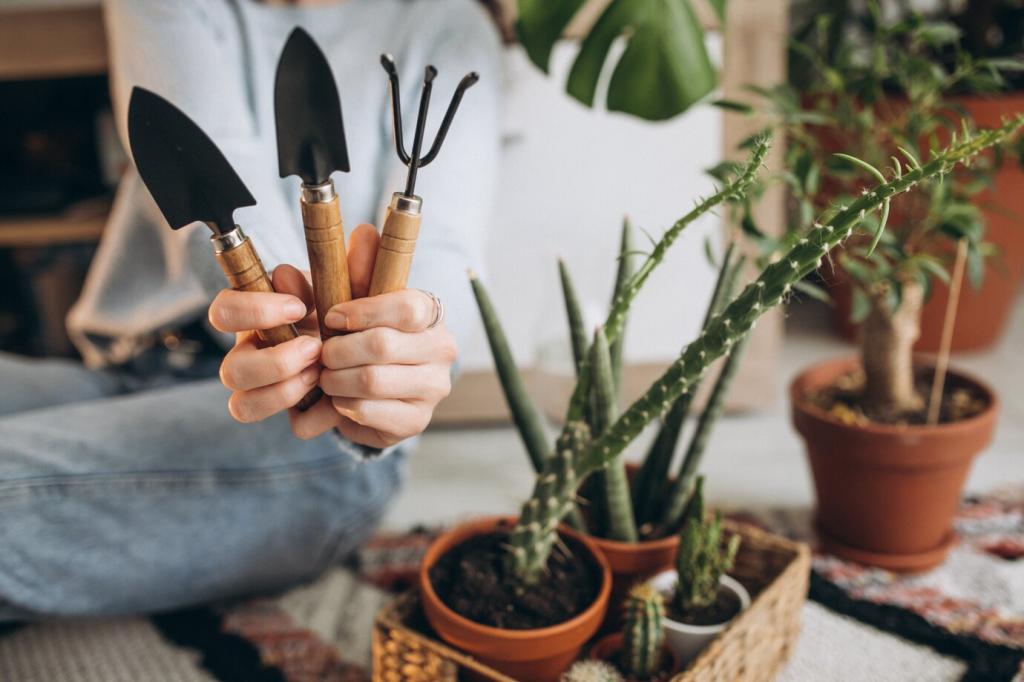This website uses cookies so that we can provide you with the best user experience possible. Cookie information is stored in your browser and performs functions such as recognising you when you return to our website and helping our team to understand which sections of the website you find most interesting and useful.
Smart Irrigation Methods for City Gardens
Embracing smart irrigation methods is transforming urban gardening by making it more efficient, sustainable, and accessible. In city environments where space is limited and water resources are precious, innovative irrigation solutions allow gardeners to cultivate lush, productive spaces while conserving energy and reducing waste. This page explores modern technologies and strategies tailored for city gardens, focusing on maximizing results with minimal input. By integrating cutting-edge tools and thoughtful planning, urban gardeners can ensure their plants thrive regardless of the challenges posed by metropolitan living. Discover how smart irrigation empowers city dwellers to create green, flourishing oases in the heart of urban landscapes.


